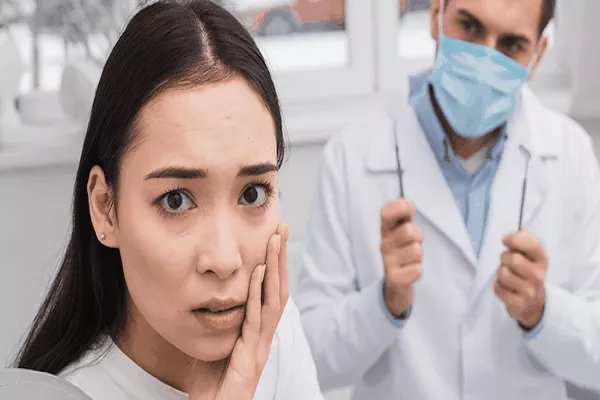Orthodontics is a field of dentistry that focuses on the diagnosis, prevention, and treatment of dental and facial irregularities. The word “orthodontics” is derived from the Greek words “orthos,” which means straight or proper, and “odont,” which means tooth. Thus, the term orthodontics means “proper alignment of teeth.”
Orthodontics is a specialized branch of dentistry that requires additional training beyond dental school. Orthodontists are specialists who have completed an additional two to three years of postgraduate education in orthodontics. They are trained to diagnose and treat a variety of dental and facial irregularities, including misaligned teeth, overcrowded teeth, overbites, underbites, and crossbites.
Orthodontic treatment typically involves the use of braces, retainers, or other orthodontic appliances to gradually shift teeth into their correct positions. Braces are the most common orthodontic treatment, and they consist of metal brackets that are attached to the teeth and wires that are used to apply pressure to the teeth. Other types of braces, such as clear or ceramic braces, are also available for patients who prefer a more discreet treatment option.
In addition to traditional braces, orthodontists may also use other appliances to help correct dental and facial irregularities. These may include headgear, which is used to treat overbites or underbites by applying pressure to the jaw, or palatal expanders, which are used to widen the upper jaw in patients with narrow dental arches.
Orthodontic treatment is not just cosmetic; it can also have significant health benefits. Misaligned teeth can make it difficult to clean the teeth properly, which can lead to gum disease and tooth decay. Additionally, dental and facial irregularities can cause issues with speech, chewing, and even breathing in severe cases. By correcting these issues, orthodontic treatment can improve a patient’s overall health and quality of life.
In conclusion, orthodontics is a specialized field of dentistry that focuses on the proper alignment of teeth and the correction of dental and facial irregularities. Orthodontic treatment can involve the use of braces, retainers, or other appliances to gradually shift teeth into their correct positions. Orthodontic treatment is not just cosmetic; it can also have significant health benefits. If you are experiencing dental or facial irregularities, consult with an orthodontist to see if orthodontic treatment is right for you.
































